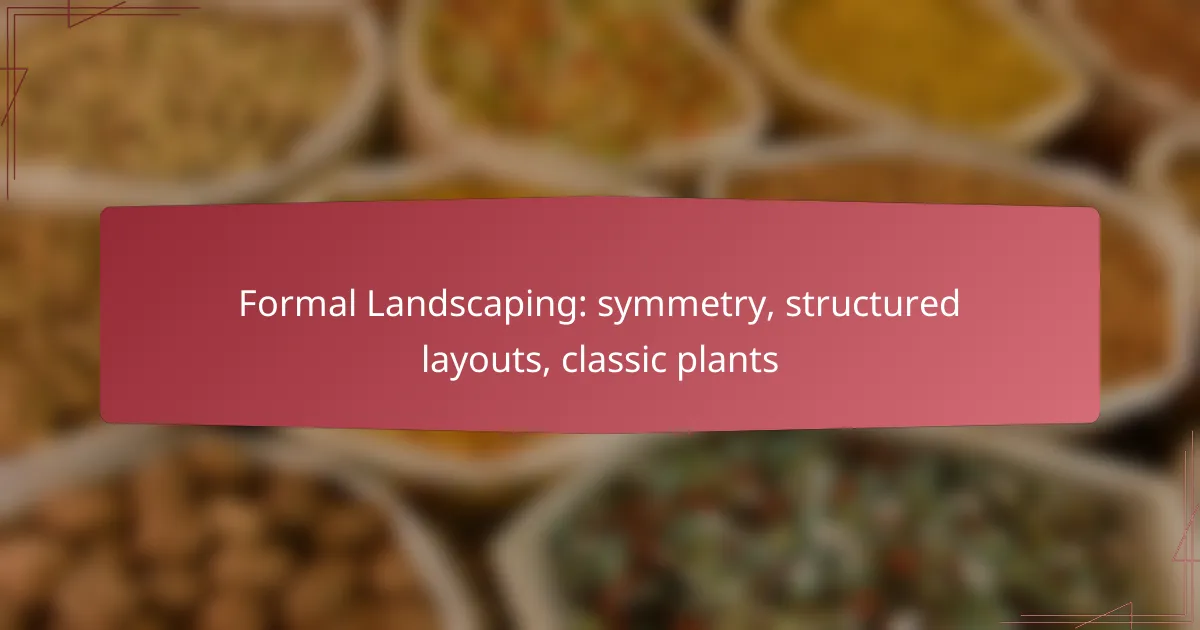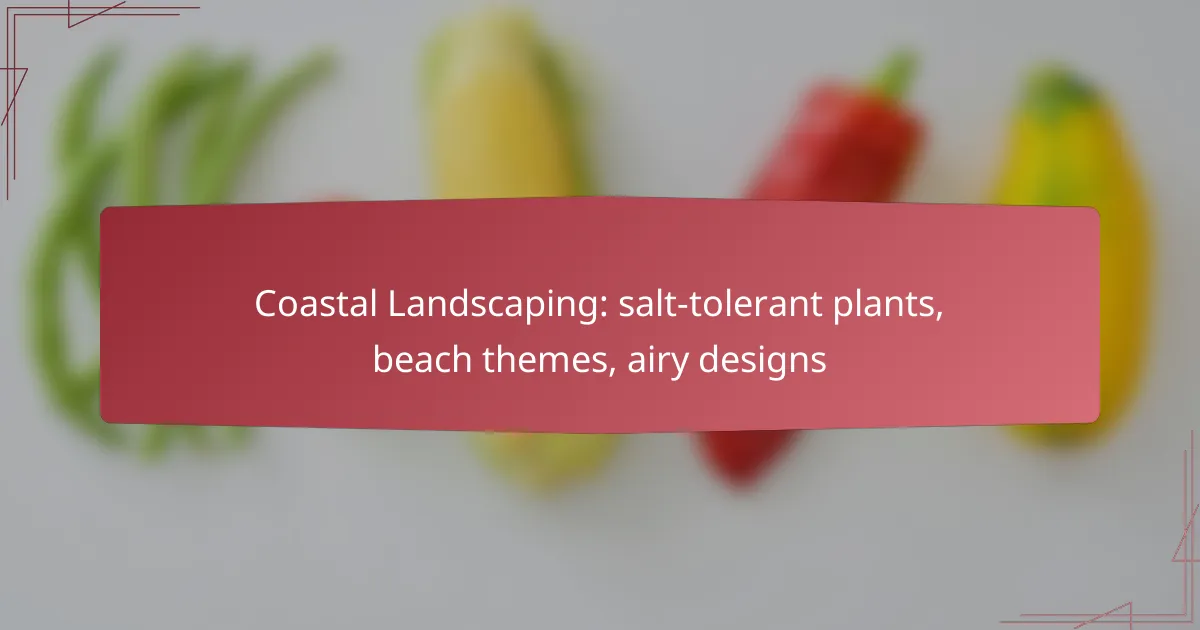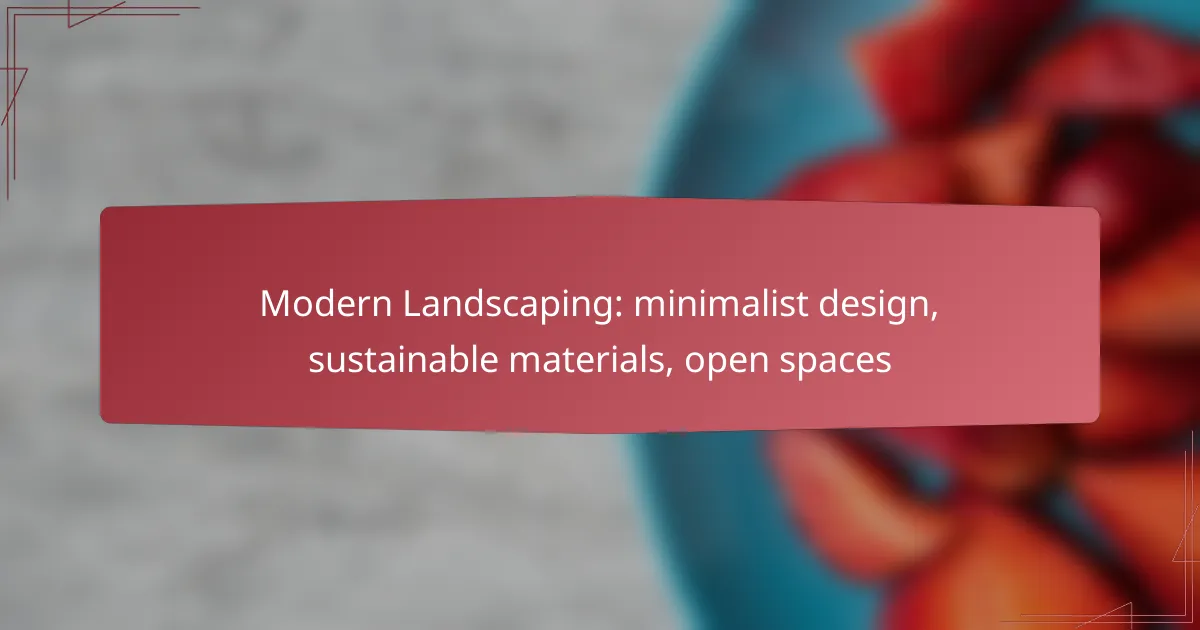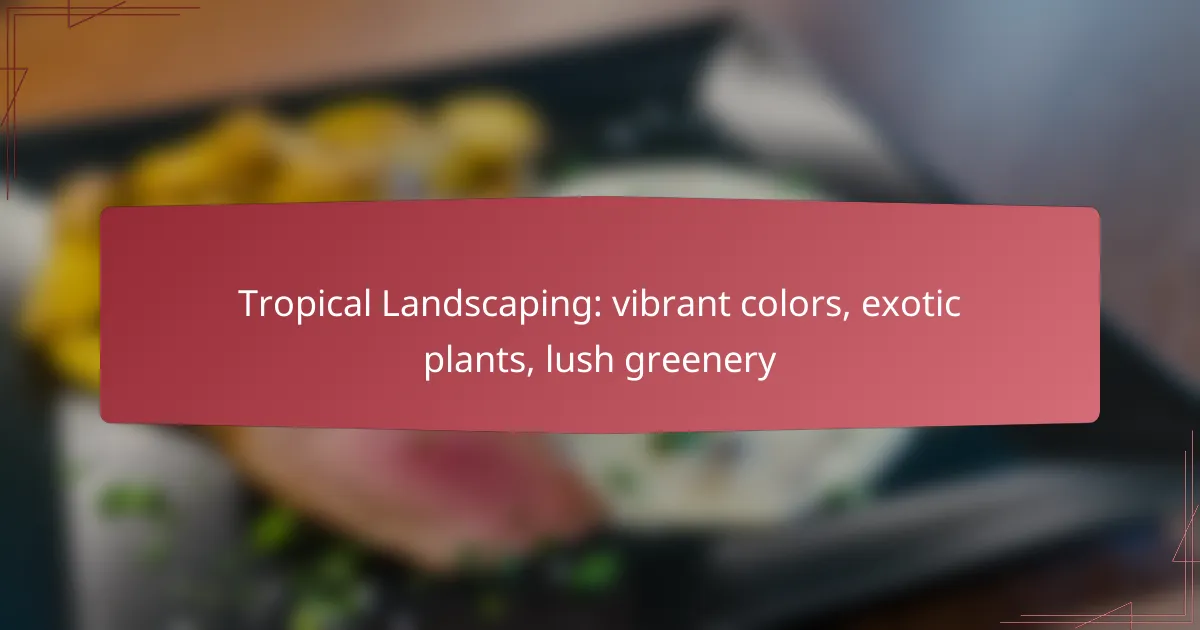Formal landscaping emphasizes symmetry and structured layouts to create visually appealing outdoor spaces. By utilizing geometric shapes, mirrored plantings, and defined pathways, these designs achieve a harmonious balance. Classic plants such as Boxwood, Holly, Lavender, and Roses are often incorporated for their structured growth and timeless elegance, enhancing the overall aesthetic of the landscape.

How to achieve symmetry in formal landscaping?
To achieve symmetry in formal landscaping, focus on creating balanced designs that mirror each other across a central axis. This can be accomplished through geometric shapes, mirrored plantings, and structured pathways, all contributing to a cohesive and visually appealing outdoor space.
Use geometric shapes
Incorporating geometric shapes is essential for establishing symmetry in formal landscaping. Consider using squares, rectangles, and circles to define garden beds, patios, or pathways. These shapes create a sense of order and can be easily replicated on either side of a central point.
For example, a rectangular flower bed can be flanked by identical circular shrubs, enhancing the overall symmetry. Use hardscaping elements like stone or brick to outline these shapes for added definition.
Incorporate mirrored plantings
Mirrored plantings involve placing identical plants on either side of a central axis, reinforcing the symmetrical design. Select plants that complement each other in height, color, and texture to create a harmonious look. For instance, if you plant a tall conifer on one side, mirror it with another conifer of the same type on the opposite side.
Consider using classic plants such as boxwoods or hydrangeas, which can be easily shaped and maintained, ensuring they remain uniform throughout the seasons.
Implement balanced pathways
Balanced pathways are crucial for guiding visitors through a formal landscape while maintaining symmetry. Design pathways that are equal in width and length on both sides of a central feature, such as a fountain or statue. This creates a clear visual flow and enhances the overall structure.
Using materials like gravel or pavers can help define these pathways, while consistent edging can further emphasize their symmetry. Avoid overly complex designs that may disrupt the balance.
Utilize focal points
Focal points draw the eye and can enhance the sense of symmetry in a formal landscape. Position a central feature, such as a sculpture or a large tree, that is flanked by identical elements on either side. This could include seating areas, flower beds, or ornamental grasses.
Ensure that the focal point is proportionate to the surrounding elements to maintain balance. For example, a large statue should be complemented by equally substantial plantings to avoid visual imbalance.
Consider elevation changes
Elevation changes can add depth and interest to a symmetrical landscape. When designing, think about how slopes or terraces can be mirrored on both sides of a central axis. This can involve raised beds or steps that create a layered effect while maintaining symmetry.
For instance, if one side features a raised garden bed, consider a similar elevation on the opposite side. This approach not only enhances symmetry but also allows for diverse planting opportunities at different heights.

What are structured layouts in landscaping?
Structured layouts in landscaping refer to organized designs that emphasize symmetry and balance, creating visually appealing outdoor spaces. These layouts often incorporate defined garden beds, organized pathways, and strategic plant arrangements to enhance the overall aesthetic and functionality of the landscape.
Defined garden beds
Defined garden beds are essential components of structured layouts, providing clear boundaries for plantings. These beds can be created using materials like timber, stone, or metal, and should be designed to complement the overall symmetry of the landscape. A common practice is to keep garden beds rectangular or square to maintain a clean and organized appearance.
When planning defined garden beds, consider the height and width to ensure they are proportionate to the surrounding elements. Aim for beds that are at least 1 meter wide to allow for easy access and maintenance, while keeping the height consistent with nearby features.
Pathway organization
Pathway organization is crucial for guiding movement through a landscape while maintaining its structured look. Paths should be straight or gently curved, leading visitors through the garden in a logical manner. Materials such as gravel, pavers, or bricks can be used to create durable and visually appealing pathways.
For effective pathway organization, ensure that paths are at least 1 meter wide to accommodate foot traffic comfortably. Consider using contrasting materials or colors to delineate pathways from garden beds, enhancing clarity and visual interest.
Use of hardscaping elements
Hardscaping elements, such as patios, walls, and fences, play a vital role in structured layouts by providing stability and structure. These features can define spaces within the landscape, create focal points, and support the overall symmetry of the design. Materials like stone, concrete, and wood are commonly used for durability and aesthetic appeal.
Incorporate hardscaping elements that align with the style of your landscape. For instance, a formal garden may benefit from neatly arranged stone walls, while a more casual space might use wooden trellises. Ensure that these elements are proportionate to the surrounding plants and structures for a cohesive look.
Layered plant arrangements
Layered plant arrangements enhance the visual depth of structured layouts by varying plant heights and textures. This technique involves placing taller plants at the back or center of beds, with shorter plants in front, creating a tiered effect. Selecting plants with complementary colors and foliage can further enhance the design.
When planning layered arrangements, consider the mature size of plants to avoid overcrowding. A common approach is to use a mix of perennials and annuals, allowing for seasonal variation while maintaining a consistent structure. Aim for a balance of at least three different height levels to achieve an appealing layered effect.

Which classic plants are ideal for formal landscaping?
Classic plants that thrive in formal landscaping include Boxwood, Holly, Lavender, and Roses. These plants are favored for their structured growth habits, ability to be shaped, and timeless appeal, making them perfect for creating symmetrical and orderly garden layouts.
Boxwood (Buxus spp.)
Boxwood is a popular choice in formal landscaping due to its dense foliage and versatility. It can be easily shaped into hedges, topiaries, or borders, providing a clean and structured appearance.
When planting Boxwood, consider spacing them about 1 to 3 feet apart, depending on the desired density. Regular pruning will help maintain their shape and encourage healthy growth.
Holly (Ilex spp.)
Holly is known for its glossy leaves and bright red berries, adding color and texture to formal gardens. Varieties like American Holly can grow tall and serve as effective privacy screens or focal points.
Plant Holly in well-drained soil and ensure they receive adequate sunlight. Regular maintenance, including pruning, will keep their shape and enhance their visual appeal.
Lavender (Lavandula spp.)
Lavender brings both fragrance and beauty to formal landscapes, with its purple blooms and silvery foliage. It works well in borders or as a low hedge, providing a soft contrast to more rigid plants.
For optimal growth, plant Lavender in full sun with well-drained soil. Prune after flowering to encourage bushier growth and prevent woody stems.
Roses (Rosa spp.)
Roses are classic staples in formal gardens, known for their stunning blooms and variety of colors. They can be used in structured beds or as climbing plants on trellises, adding elegance to the landscape.
Choose disease-resistant varieties and ensure they have good air circulation. Regular deadheading and pruning will promote continuous blooming and maintain their shape throughout the growing season.

What are the benefits of formal landscaping in urban areas?
Formal landscaping offers numerous benefits in urban areas, including enhanced property value and improved aesthetic appeal. By creating structured layouts with symmetrical designs and classic plants, urban spaces can become more inviting and functional.
Enhances property value
Investing in formal landscaping can significantly increase property value in urban environments. Well-maintained gardens and structured layouts often attract potential buyers, as they convey a sense of care and attention to detail.
For instance, properties with formal landscaping can see value increases ranging from 10% to 20%, depending on the neighborhood and overall market conditions. Homeowners should consider hiring professional landscapers to ensure the design meets local standards and enhances curb appeal.
Improves aesthetic appeal
Formal landscaping enhances the visual attractiveness of urban spaces through its orderly designs and classic plant selections. Symmetrical layouts create a sense of balance and harmony, making areas more pleasant for residents and visitors alike.
Incorporating traditional plants such as boxwoods, hedges, and flowering perennials can provide year-round interest and maintain a polished look. Urban planners and homeowners should prioritize regular maintenance to preserve the beauty of these landscapes, ensuring they remain inviting and well-kept.



